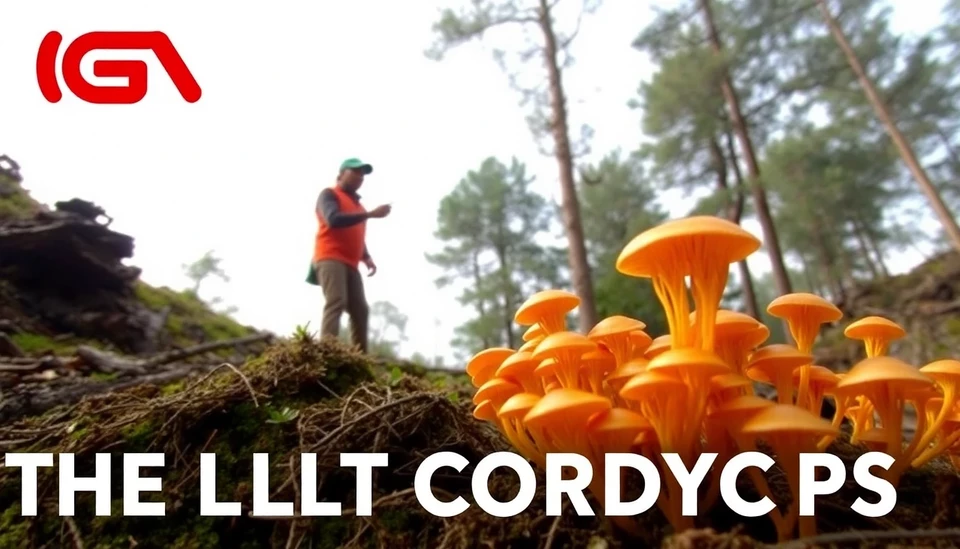
In the remote highlands of Nepal, an extraordinary phenomenon is taking place: the harvest of the mystical cordyceps fungus, famed for its purported aphrodisiac properties and sought after by enthusiasts worldwide. This unique mushroom, often referred to as "Himalayan gold," is deeply ingrained in local culture and commerce, drawing both traditional harvesters and adventurous outsiders looking to capitalize on its increasing global demand.
The fungus, scientifically known as Cordyceps sinensis, emerges from the corpse of a caterpillar and thrives in the harsh mountainous terrains of Nepal. It is uniquely distinguished not only by its rare ecological niche but also by its immense value in the international markets, where it can be sold for thousands of dollars per kilogram. This has catalyzed a surge in interest and competition among harvesters, turning what was once a pastoral tradition into a lucrative venture.
Every spring, as the snow begins to recede, the meandering trails of the Himalayan foothills become populated by an array of collectors who embark on the grueling journey to collect this coveted mushroom. Equipped with minimal resources, these gatherers use their familiarity with the land and local lore to uncover the elusive fungus, often facing treacherous conditions steeped in harsh weather and altitude sickness.
The financial implications of the harvest have transformed the lives of many local families, providing newfound monetary means that were previously unobtainable. However, this shift has also introduced a layer of complexity to the delicate ecological balance of the region. Overharvesting has raised concerns about the sustainability of cordyceps, prompting discussions on appropriate regulations and practices among both local authorities and environmentalists.
The narrative surrounding cordyceps encapsulates a myriad of issues, including biodiversity, economy, and cultural preservation. Local harvesters, often from historically marginalized communities, are grappling not only with their place in the burgeoning global market but also with the preservation of their ancestral harvesting traditions. As outsiders flock to Nepal to partake in the seasonal hunt, the dynamics of supply and demand are significantly altered, igniting debates about rights, ownership, and the future of indigenous practices in the face of commercialization.
As the world becomes increasingly interconnected, the allure of cordyceps demonstrates how localized traditions can spur international interest and economic change. Whether viewed through lenses of environmentalism, economic opportunity, or cultural heritage, the tale of Nepal's cordyceps harvest serves as a microcosm for broader themes affecting rural communities across the globe.
People are beginning to recognize that the economic potential of cordyceps is not just a boon but also a double-edged sword that could define the livelihood of many and disrupt historical ways of life. This complexity highlights the importance of finding sustainable paths that honor both the natural world and the communities that rely on it.
As this story continues to unfold amidst the rugged beauty of the Himalayan landscape, a sense of optimism permeates the air. Perhaps the future of cordyceps harvesting will harmonize modern enterprise with age-old traditions, creating a thriving ecosystem where both the fungus and the people who seek it can flourish sustainably and respectfully.
With the world watching closely, the delicate balance between tradition and ambition hangs in the balance as the hunt for cordyceps rolls out anew next spring.
#Cordyceps #MushroomHunting #HimalayanGold #SustainableHarvesting #Nepal #CulturalPreservation #Biodiversity #EconomicImpact #TraditionalHarvesting #EcoTourism
Author: Samuel Brooks




